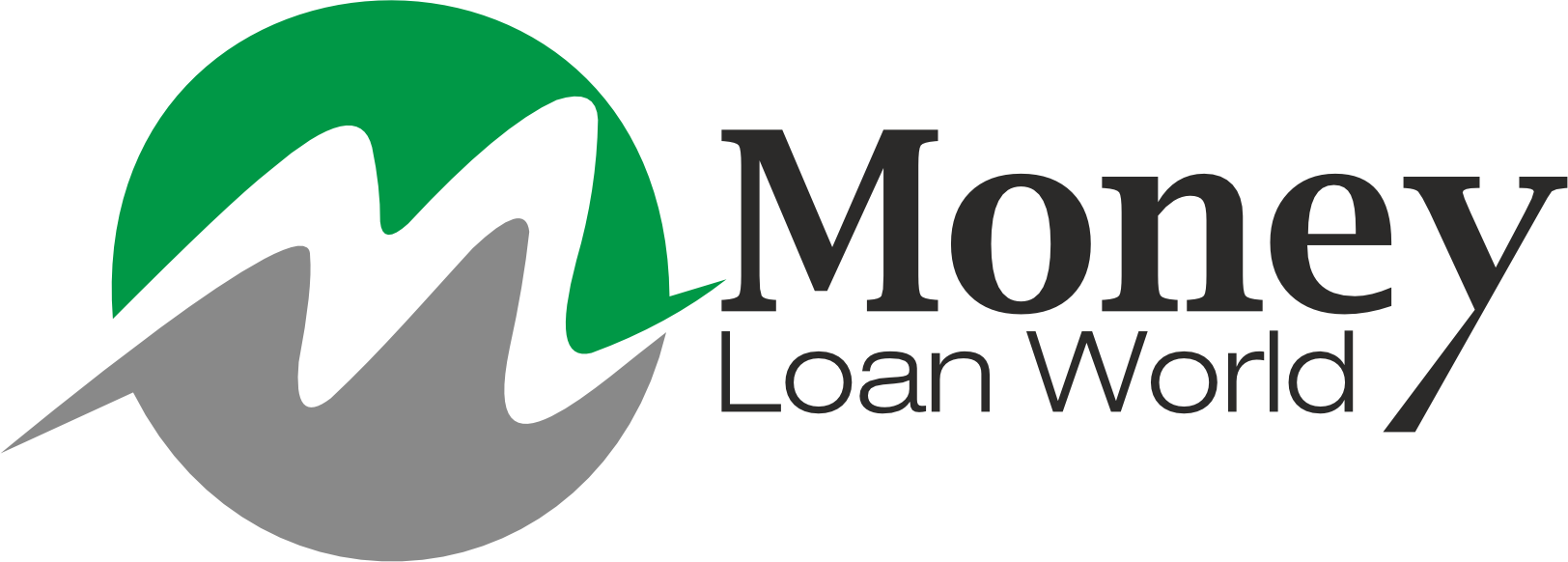In today’s dynamic financial environment, traditional banking systems face a daunting challenge: peer-to-peer (P2P) lending. Born out of the digital age, this innovation has transformed access to finance for individuals and businesses, disrupting the traditional banking system the rise of P2P lending creates a fundamental shift towards a decentralized financial system on, empowering borrowers and investors with unprecedented opportunities. Let’s delve into the intricacies of this process, find out how it works and what you need to know to break into this growing field.
The Foundation of Peer-to-Peer Lending
At its core, P2P lending works on a simple concept: it connects borrowers directly with lenders via the internet, bypassing the intermediary role played by traditional banks. These direct connections streamline the lending process, provide borrowers with faster access to funds and possibly lower interest rates, and provide investors with a new asset class to profit .

How It Works
- Platform Registration: Borrowers and investors register on P2P lending platforms, providing necessary information for risk assessment and verification.
- Loan Application: Borrowers submit loan applications detailing the purpose, amount, and repayment terms. These applications undergo scrutiny by the platform's risk assessment algorithms.
- Risk Assessment: P2P platforms assess the creditworthiness of borrowers using advanced algorithms, analyzing various factors such as credit history, income, and debt-to-income ratio.
- Loan Listing: Approved loan applications are listed on the platform, visible to potential investors who can review borrower profiles and loan details before making investment decisions.
- Investment: Investors can browse through available loan listings and choose to fund individual loans or create diversified portfolios by investing in multiple loans across different risk profiles.
- Loan Funding: Once the required funding threshold is reached, the loan is funded, and the borrower receives the requested funds.
- Repayment: Borrowers make periodic repayments, including principal and interest, which are distributed to investors according to their investment amounts.
- Platform Fees: P2P lending platforms charge fees for their services, typically deducted from either borrower interest payments or investor returns.
Key Considerations for Borrowers
- Interest Rates: While P2P lending may offer competitive rates compared to traditional banks, interest rates can vary depending on factors like creditworthiness and loan term.
- Risk Assessment: Borrowers should be prepared for stringent risk assessment criteria, as platforms prioritize investor protection by vetting borrower profiles rigorously.
- Transparency: P2P lending platforms provide transparent loan terms and fees, enabling borrowers to make informed decisions.
Key Considerations for Investors
- Diversification: Building a diversified portfolio is essential to mitigate risk, spreading investments across multiple loans with varying risk profiles.
- Risk Management: Investors should conduct thorough due diligence on borrowers and loan listings, considering factors like credit history, loan purpose, and repayment ability.
- Platform Reputation: Choosing reputable P2P lending platforms with a track record of successful loan origination and investor returns is crucial for ensuring a positive investment experience.
The Future of Peer-to-Peer Lending
As P2P lending continues to grow, its growth is poised to reshape the financial landscape once again. Advances in technology, such as blockchain and artificial intelligence, promise to increase transparency, security and efficiency in the P2P lending ecosystem Moreover, regulatory frameworks are evolving to accommodate the growing popularity of P2P lending , ensuring investor protection and business growth.
In conclusion, the rise of peer-to-peer lending represents a paradigm shift in finance, democratizing access to capital, redefining traditional banking standards Whether you are a borrower looking for alternative financing options or an investor exploring the asset classes, understand the P2P industry lending to navigate this changing financial landscape It is important..
Read more.. How to Apply for Home Finance Online in 2023
Read more.. How to Apply for Agriculture Finance Online in 2023

